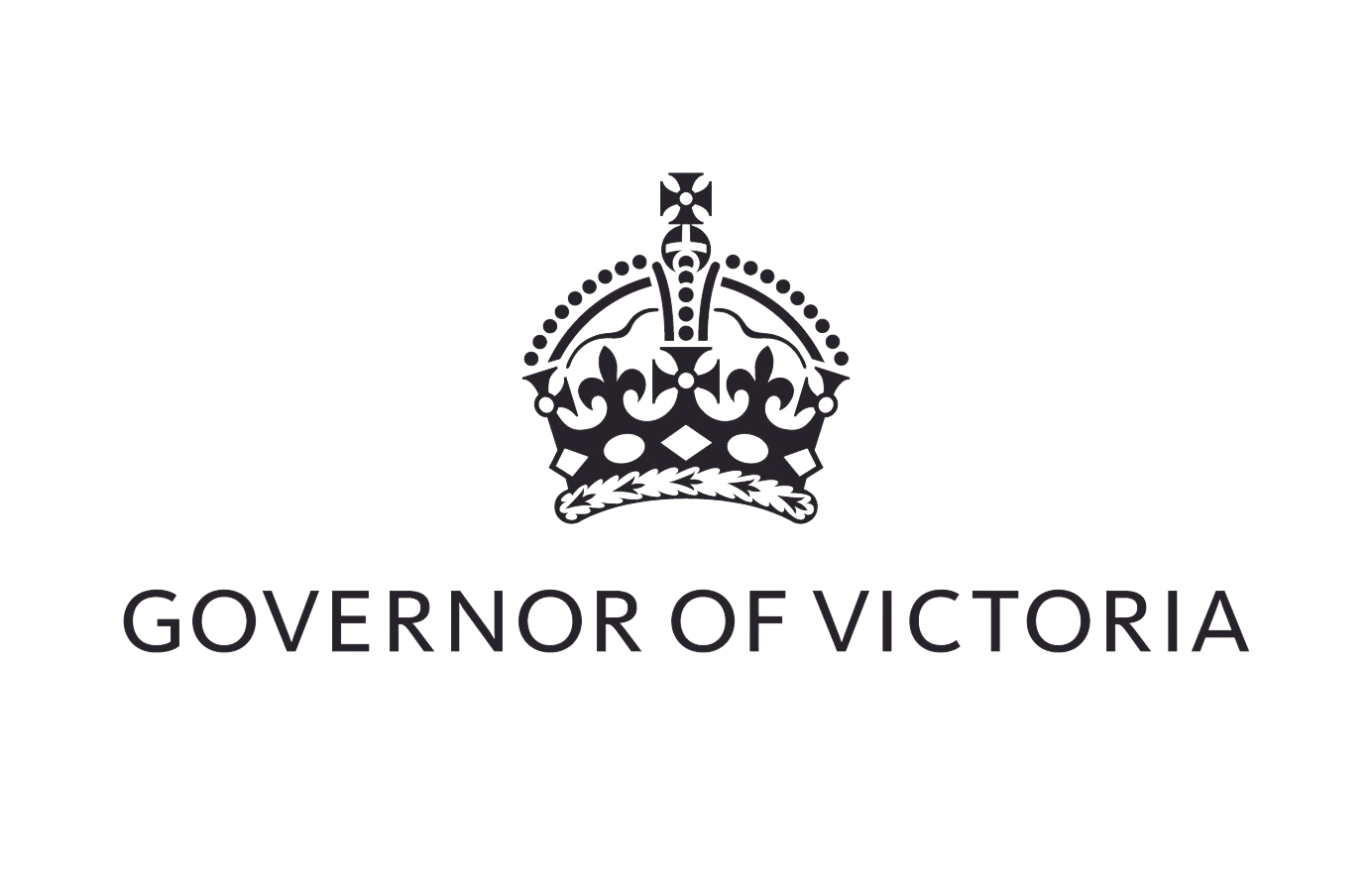
Speech given by the Governor at the Order of Australia Investiture Ceremony.
I begin by acknowledging the Traditional Owners of the unceded lands on which this House stands – the Wurundjeri and Bunurong people – and pay my respects to their Elders, past and present.
It is a pleasure to welcome you all to Government House.
Order of Australia Investiture Ceremonies have been held in this historic ballroom since the introduction of the Australian honours system in 1975.
Recipients have been recognised for their work in charities, sport, research, religious communities, the creative arts, education, health, and many other areas.
In the face of such a long history, it is unusual for those being recognised to represent a different part of the community – but communities change – and so do those honoured.
This is only the second time in the Order’s history that more than 50% of those honoured are women.
In 1975, Phyllis Gration was one of the first Victorian women to receive an AM for her “service to social welfare.”
Gration had done significant work in Victoria’s blind community, establishing the Lady Nell Seeing Eye Dog School and Rehabilitation Centre which is better known today as Seeing Eye Dogs Australia.
Many Victorian women have followed in her footsteps.
In 2001, Dr Gabriele Medley was recognised “for service to medicine and women’s health through the Victorian Cytology Service.”
Having escaped Nazi persecution as a child, Medley became Medical Director of the Victorian Cytology Service, and oversaw the introduction of the Australian Cervical Screening Program. The Program is credited with having halved the mortality rate amongst cervical cancer patients since 1991.
A more recent example includes Antoinette Braybrook, who in 2023 was recognised “for significant service to the law, and to family violence prevention.”
A Kuku Yalanji woman, Braybrook is the Co-Founding Member and Chief Executive Officer of Djirra, an Aboriginal community controlled organization that provides legal services and support to First Peoples affected by family violence.
It’s important that we recognise the work of those around us, particularly when their achievements might otherwise go unnoticed or uncelebrated.
Perhaps we might have hoped it to take less than half a century for the number of women being honoured to reflect our population. Nevertheless, this year’s Australia Day Honours show us that there are more than enough Victorian women making an impact in our State.
So let me take this opportunity to encourage you all to nominate someone you know.
Today’s recipients remind us that people from all walks of life create change and make great contributions in our community.
Like our other State and Federal institutions, the Australian Honours System should represent all parts of our community.
That relies on Victorians continuing to nominate people around them, whose impact has made our State a more positive place to live.
Congratulations to all of you receiving an award today.
I look forward to seeing what you do next.
